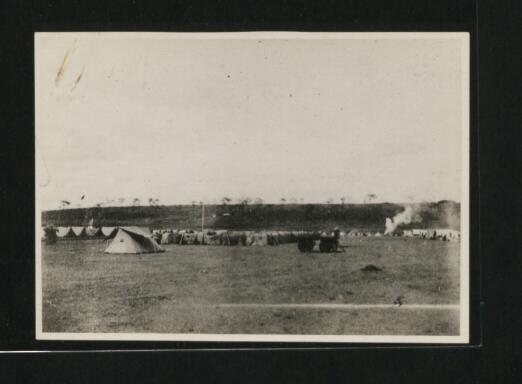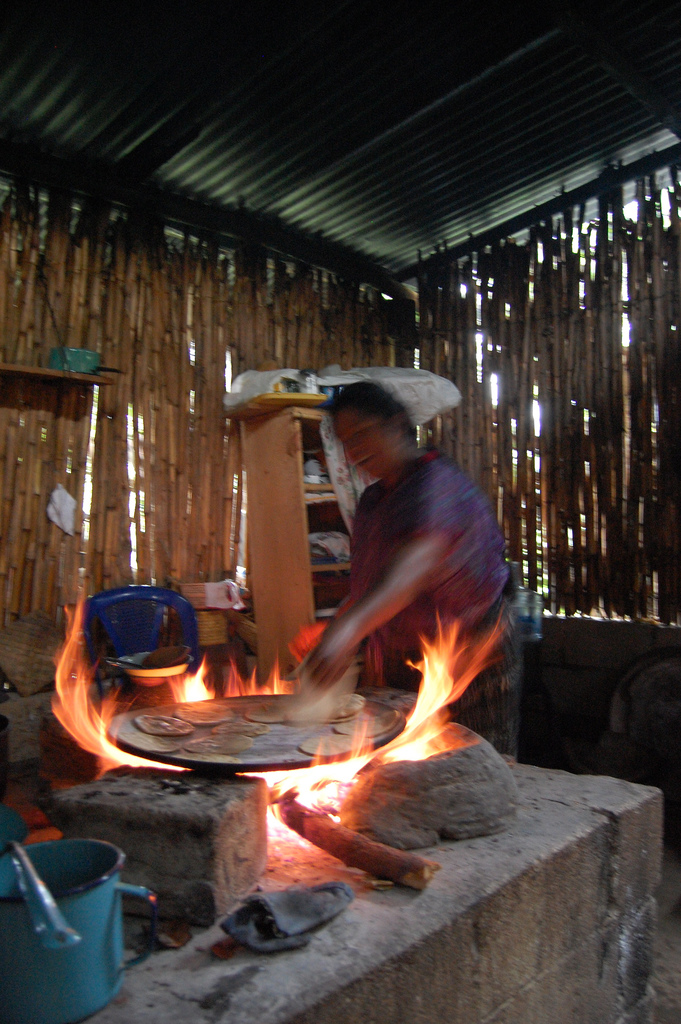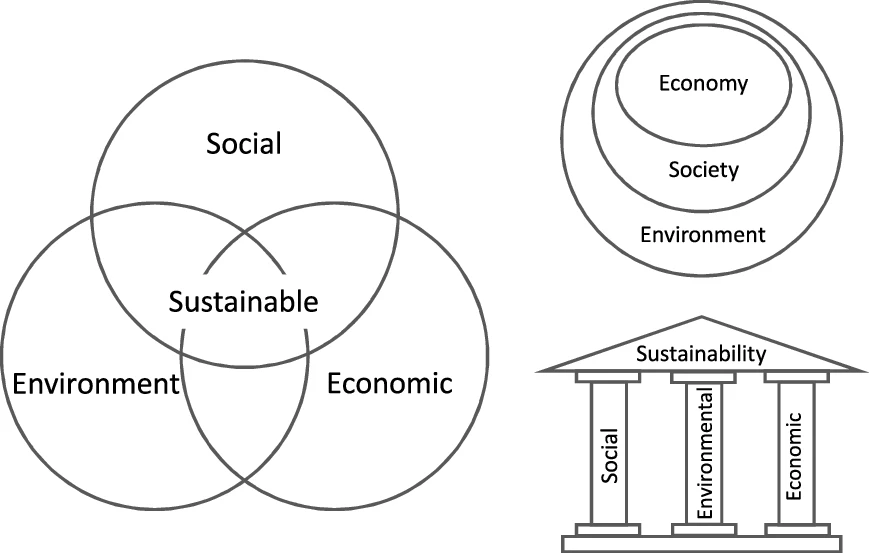|
Green Belt Movement
The Green Belt Movement (GBM) is an indigenous grassroots organization in Kenya that empowers women through the planting of trees. It is one of the most effective and well-known grassroots organisations addressing the problem of global deforestation. Professor Wangari Maathai established the organization in 1977 under the auspices of the National Council of Women of Kenya (NCWK). GBM's successes in forest conservation, education, and women's economic empowerment have gained the organisation worldwide acclaim. It is also noted for its advocacy of human rights, democratisation of access to public lands, and environmental justice issues such as the role of women's traditional ecological knowledge in addressing environmental degradation and desertification. According to their 2003 annual report, the mission of GBM is "to mobilize community consciousness for self-determination, justice, equity, reduction of poverty, and environmental conservation, using trees as the entry point." GBM ... [...More Info...] [...Related Items...] OR: [Wikipedia] [Google] [Baidu] |
Grassroots
A grassroots movement is one that uses the people in a given district, region or community as the basis for a political or continent movement. Grassroots movements and organizations use collective action from volunteers at the local level to implement change at the local, regional, national, or international levels. Grassroots movements are associated with bottom-up, rather than top-down decision-making, and are sometimes considered more natural or spontaneous than more traditional power structures. Grassroots movements, using self-organization, encourage community members to contribute by taking responsibility and action for their community. Grassroots movements utilize a variety of strategies from fundraising and registering voters, to simply encouraging political conversation. Goals of specific movements vary and change, but the movements are consistent in their focus on increasing mass participation in politics. These political movements may begin as small and at the local le ... [...More Info...] [...Related Items...] OR: [Wikipedia] [Google] [Baidu] |
Jeevanjee Gardens
Jeevanjee Gardens is an open garden in the Central Business District of Nairobi, Kenya. Jeevanjee Gardens was founded by A.M. Jeevanjee, an Asian-born entrepreneur in Kenya. It is the only park in the city that is directly owned by the people, having been donated to the magnificent people of Nairobi https://www.standardmedia.co.ke/lifestyle/article/2000180186 as a resting area (the park was private property and it is held in trust for the people of Nairobi). See also * Alibhai Mulla Jeevanjee Alibhai Mulla Jeevanjee (1856– 2 May 1936) was an Indian-born Kenyan merchant, politician and philanthropist. He was amongst the first and most influential Indian settlers in Kenya, amassing significant wealth and becoming a leader of Kenya' ... References Parks in Kenya Nairobi {{Nairobi-geo-stub ... [...More Info...] [...Related Items...] OR: [Wikipedia] [Google] [Baidu] |
Nairobi
Nairobi is the Capital city, capital and largest city of Kenya. The city lies in the south-central part of Kenya, at an elevation of . The name is derived from the Maasai language, Maasai phrase , which translates to 'place of cool waters', a reference to the Nairobi River which flows through the city. The city proper had a population of 4,397,073 in the 2019 census. Nairobi is home of the Parliament Buildings (Kenya), Kenyan Parliament Buildings and hosts thousands of Kenyan businesses and international companies and organisations, including the United Nations Environment Programme (UN Environment) and the United Nations Office at Nairobi (UNON). Nairobi is an established hub for business and culture. The Nairobi Securities Exchange (NSE) is one of the largest stock exchanges in Africa and the second-oldest exchange on the continent. It is Africa's fourth-largest stock exchange in terms of trading volume, capable of making 10 million trades a day. It also contains the Nairobi ... [...More Info...] [...Related Items...] OR: [Wikipedia] [Google] [Baidu] |
Daniel Arap Moi
Daniel Toroitich arap Moi ( ; 2 September 1924 – 4 February 2020) was a Kenyan politician who served as the second president of Kenya from 1978 to 2002. He is the country's longest-serving president to date. Moi previously served as the third vice president of Kenya from 1967 to 1978 under President Jomo Kenyatta, becoming the president following the latter's death. Born into the Tugen people, Tugen sub-group of the Kalenjin people in the Kenyan Rift Valley, Moi studied as a boy at the Africa Inland Mission school before training as a teacher at the Tambach teachers training college, working in that profession until 1955. He then entered politics and was elected a member of the Legislative Council for Rift Valley. As independence approached, Moi joined the Kenyan delegation which travelled to London for the Lancaster House Conferences (Kenya), Lancaster House Conferences, where the country's first post-independence constitution was drafted. In 1960, he founded the Kenya Afri ... [...More Info...] [...Related Items...] OR: [Wikipedia] [Google] [Baidu] |
Clean Cooking
One aspect of energy poverty is lack of access to clean, modern fuels and technologies for cooking. As of 2020, more than 2.6 billion people in developing countries routinely cook with fuels such as wood, animal dung, coal, or kerosene. Burning these types of fuels in open fires or traditional stoves causes harmful household air pollution, resulting in an estimated 3.8 million deaths annually according to the World Health Organization (WHO), and contributes to various health, socio-economic, and environmental problems. A high priority in global sustainable development is making clean cooking facilities universally available and affordable. Stoves and appliances that run on electricity, liquid petroleum gas (LPG), piped natural gas (PNG), biogas, alcohol, and solar heat meet WHO guidelines for clean cooking. Universal access to clean cooking facilities would benefit the environment and gender equality greatly. Stoves that burn wood and other solid fuels more efficiently than t ... [...More Info...] [...Related Items...] OR: [Wikipedia] [Google] [Baidu] |
United Nations Framework Convention On Climate Change
The United Nations Framework Convention on Climate Change (UNFCCC) is the UN process for negotiating an agreement to limit dangerous climate change. It is an international treaty among countries to combat "dangerous human interference with the climate system". The main way to do this is limiting the increase in greenhouse gases in the atmosphere. It was signed in 1992 by 154 states at the United Nations Conference on Environment and Development (UNCED), informally known as the Earth Summit, held in Rio de Janeiro. The treaty entered into force on 21 March 1994. "UNFCCC" is also the name of the Secretariat charged with supporting the operation of the convention, with offices on the UN Campus in Bonn, Germany. The convention's main objective is explained in Article 2. It is the "stabilization of greenhouse gas concentrations in the atmosphere at a level that would prevent dangerous anthropogenic .e., human-causedinterference with the climate system". The treaty calls for ... [...More Info...] [...Related Items...] OR: [Wikipedia] [Google] [Baidu] |
United Nations Billion Tree Campaign
The Trillion Tree Campaign is a project which aims to plant one trillion trees worldwide. It seeks to repopulate the world's trees and combat climate change as a nature-based solution. The project was launched at PlantAhead 2018 in Monaco by Plant-for-the-Planet. In the fall of 2018, the project's official website was published in order to register, monitor, and donate trees to reforestation projects around the world. The campaign is a continuation of the activities of the earlier Billion Tree Campaign, instigated by Wangari Maathai, who founded the Green Belt Movement in Africa in 1977. , 164 restoration projects participate in the campaign and 13.96 billion (1.396% of the goal) trees have been planted worldwide. History Billion Tree Campaign The Green Belt Movement began its activity in Africa in 1977, eventually planting more than 30 million trees. The Billion Tree Campaign was inspired by Nobel Peace Prize laureate Wangari Maathai, founder of the Green Belt Movement. When ... [...More Info...] [...Related Items...] OR: [Wikipedia] [Google] [Baidu] |
Environmental Sustainability
Sustainability is a social goal for people to co-exist on Earth over a long period of time. Definitions of this term are disputed and have varied with literature, context, and time. Sustainability usually has three dimensions (or pillars): environmental, economic, and social. Many definitions emphasize the environmental dimension. This can include addressing key environmental issues, environmental problems, including climate change and biodiversity loss. The idea of sustainability can guide decisions at the global, national, organizational, and individual levels. A related concept is that of sustainable development, and the terms are often used to mean the same thing. UNESCO distinguishes the two like this: "''Sustainability'' is often thought of as a long-term goal (i.e. a more sustainable world), while ''sustainable development'' refers to the many processes and pathways to achieve it." Details around the economic dimension of sustainability are controversial. Scholars have d ... [...More Info...] [...Related Items...] OR: [Wikipedia] [Google] [Baidu] |
Uhuru Park
Uhuru Park is a 12.9 hectare (32 acre) recreational park adjacent to the central business district of Nairobi Nairobi is the Capital city, capital and largest city of Kenya. The city lies in the south-central part of Kenya, at an elevation of . The name is derived from the Maasai language, Maasai phrase , which translates to 'place of cool waters', a ..., Kenya. It was opened to the public by the late Jomo Kenyatta, Mzee Jomo Kenyatta on 23 May 1969. It contains an artificial lake, several national monuments, and an assembly ground which has become a popular skateboarding spot on weekends and also a location for local skateboarding competitions (best trick contest 2017), catering to Nairobi's growing skate scene. Apart from skateboarding, the assembly ground is used for occasional political and religious gatherings. It is infamous as the site where protest against illegal land grabbing was violently broken up by the Daniel arap Moi, Moi regime. In 2021, the park came under ... [...More Info...] [...Related Items...] OR: [Wikipedia] [Google] [Baidu] |
Effects Of Climate Change
Effects of climate change are well documented and growing for Earth's natural environment and human societies. Changes to the climate system include an Instrumental temperature record, overall warming trend, Effects of climate change on the water cycle, changes to precipitation patterns, and more extreme weather. As the climate changes it impacts the natural environment with effects such as more intense forest fires, thawing permafrost, and desertification. These changes impact ecosystems and societies, and can become irreversible once Tipping points in the climate system, tipping points are crossed. Climate activists are engaged in a range of activities around the world that seek to ameliorate these issues or prevent them from happening. The effects of climate change vary in timing and location. Up until now the polar amplification, Arctic has warmed faster than most other regions due to climate change feedbacks. Surface air temperatures over land have also increased at ab ... [...More Info...] [...Related Items...] OR: [Wikipedia] [Google] [Baidu] |
Land Grabbing
Land grabbing is the large-scale acquisition of land through buying or leasing of large pieces of land by domestic and Multinational corporation, transnational companies, governments, and individuals. While used broadly throughout history, land grabbing as used in the 21st century primarily refers to large-scale land acquisitions following the 2007–08 world food price crisis. Obtaining water resources is usually critical to the land acquisitions, so it has also led to an associated trend of water grabbing.Maria Cristina Rullia, Antonio Savioria, and Paolo D’OdoricoGlobal Land and Water Grabbing ''Proceedings of the National Academy of Sciences'' 110, no. 3 (2013): 892–97. By prompting food security fears within the developed world and newfound economic opportunities for agricultural investors, the food price crisis caused a dramatic spike in large-scale agricultural investments, primarily foreign, in the Global South for the purpose of industrial food production, food and bio ... [...More Info...] [...Related Items...] OR: [Wikipedia] [Google] [Baidu] |




